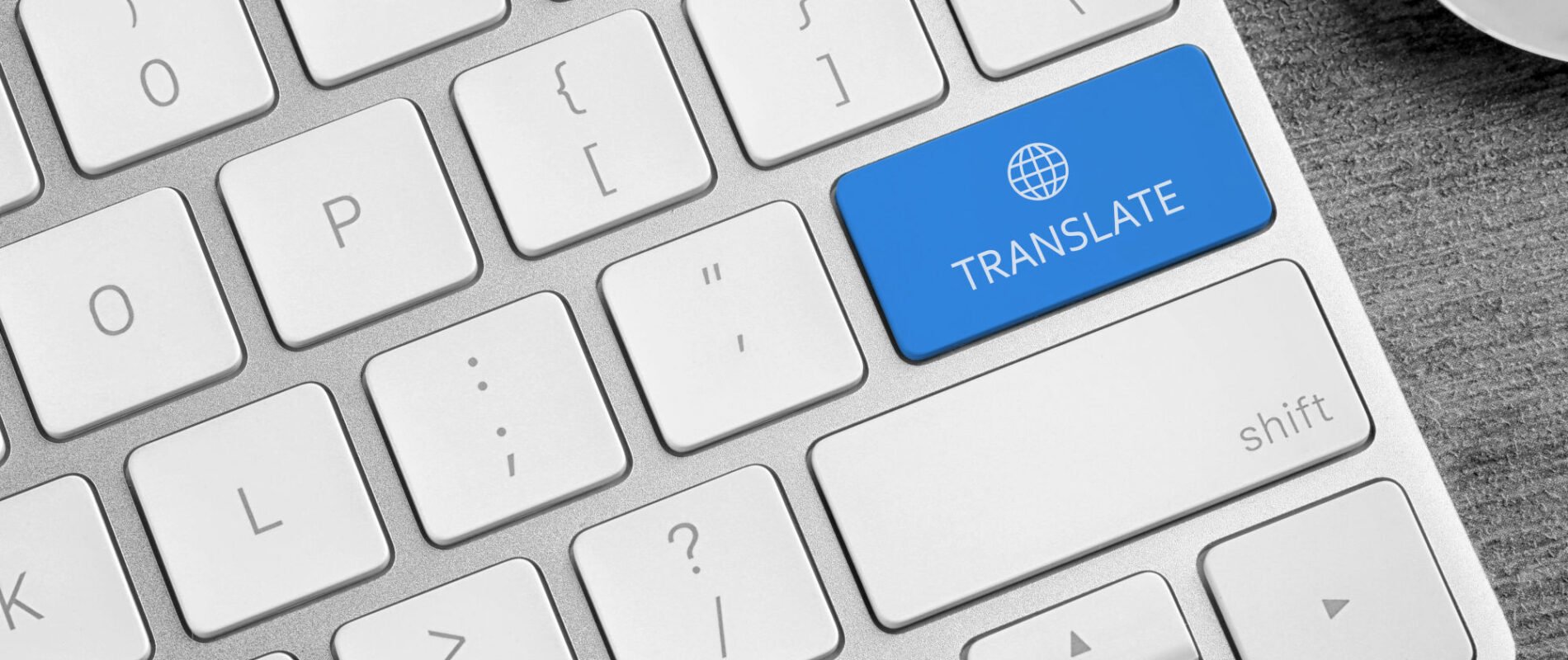Literary translation has always been a delicate dance between fidelity to the source text and the creative act of reimagining a work in a new language. It demands not only linguistic precision but also cultural sensitivity, emotional resonance, and stylistic finesse. The emergence of generative artificial intelligence (AI) has introduced a seismic shift in this process, reshaping the creative logic that underpins literary translation. While some fear that AI might erode the artistry of translation, others see it as a tool that amplifies human creativity, redefining the translator’s role. This article examines how generative AI is transforming the craft of literary translation, exploring its impact on efficiency, creativity, and the human essence of the process.
First, generative AI has revolutionized the efficiency of literary translation. Tools powered by large language models can process vast amounts of text quickly, producing draft translations in seconds that might take a human translator hours or days. These systems, trained on multilingual corpora, can handle complex linguistic structures, idiomatic expressions, and even context-specific nuances with surprising accuracy. For instance, a translator working on a dense, poetic work like Dante’s *Divine Comedy* can use AI to generate an initial draft, identifying potential word choices and syntactic structures. This speed allows translators to focus less on mechanical tasks, such as looking up vocabulary or wrestling with grammar, and more on refining the text’s emotional and cultural depth. However, efficiency comes with a caveat: AI-generated drafts often lack the soul of the original, requiring human intervention to restore its artistic weight. The creative logic here shifts from labor-intensive groundwork to a more curatorial process, where the translator acts as an editor, sculpting raw output into something that breathes.
Second, generative AI challenges the traditional boundaries of creativity in translation. Translation has always been a creative act, not merely a mechanical transfer of words. Translators make choices—sometimes bold, sometimes subtle—to capture the spirit of the original work. AI introduces a new dynamic by offering multiple translation options, each with slight variations in tone, style, or emphasis. For example, when translating a line of Chinese poetry, an AI might suggest several renditions, each preserving different aspects of the original’s rhythm or imagery. This multiplicity can inspire translators to think beyond their initial instincts, encouraging experimentation with new interpretations. Yet, this also raises questions about authorship. If an AI suggests a particularly evocative phrase, does the translator claim it as their own? The creative logic becomes collaborative, with the translator navigating a partnership with the machine, balancing its suggestions with their own intuition and expertise.
Third, generative AI forces a reckoning with the cultural and emotional nuances that define literary translation. While AI excels at pattern recognition and linguistic mapping, it often struggles with the unquantifiable—cultural context, historical resonance, or the emotional weight of a phrase. For instance, translating a novel rooted in a specific cultural moment, such as Gabriel García Márquez’s *One Hundred Years of Solitude*, requires an understanding of Latin American magical realism that goes beyond words. AI might accurately translate the text but miss the mythic undertones that make the work sing. Human translators, therefore, remain essential for infusing translations with cultural authenticity and emotional truth. The creative logic shifts toward a hybrid approach: AI handles the structural heavy lifting, while the human translator ensures the work resonates with the target audience. This interplay demands a new skill set, where translators must not only master languages but also critically evaluate AI outputs for cultural fidelity.
Finally, the rise of generative AI prompts a deeper reflection on the human essence of literary translation. Translation is not just about words; it’s about carrying a culture across borders, breathing life into another language’s voice. Critics argue that AI risks commodifying this process, turning translation into a mechanical task stripped of its artistry. Yet, when used thoughtfully, AI can enhance rather than diminish the human touch. By automating routine tasks, it frees translators to focus on the creative and interpretive aspects of their craft. The translator’s role evolves into that of a creative director, guiding the AI’s output toward a vision that honors the original work. This shift redefines the creative logic of translation as a synthesis of human intuition and machine precision, where the translator’s artistry remains the beating heart of the process.
In conclusion, generative AI is reshaping the creative logic of literary translation by enhancing efficiency, expanding creative possibilities, and challenging translators to navigate cultural and emotional complexities in new ways. Far from replacing human translators, AI serves as a powerful tool that, when wielded with care, amplifies their craft. The future of literary translation lies in this delicate balance—leveraging AI’s capabilities while preserving the human soul that makes translation an art form. As translators adapt to this evolving landscape, they will redefine their role, not as mere conduits of language, but as curators of culture and meaning in an increasingly interconnected world.











